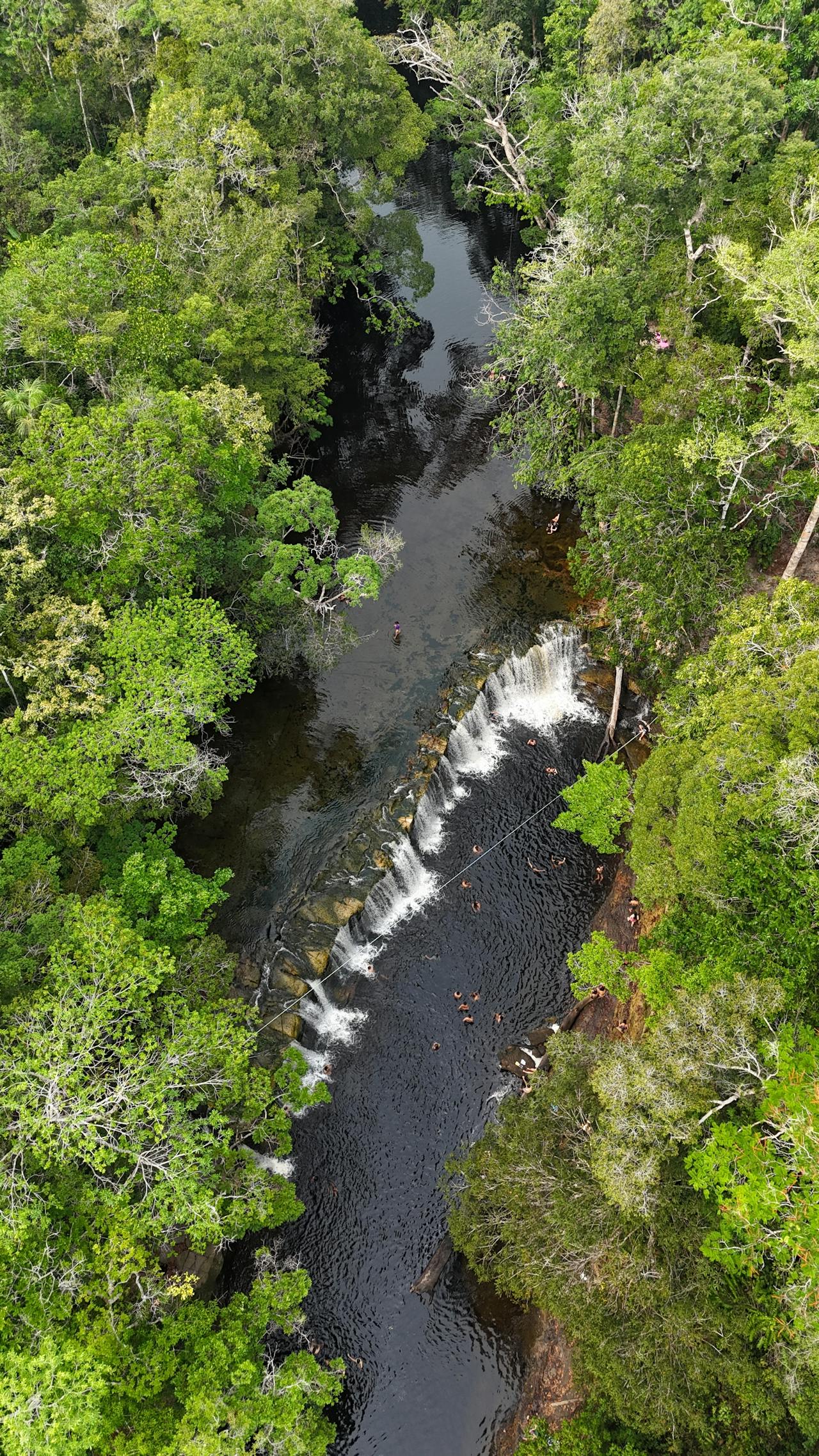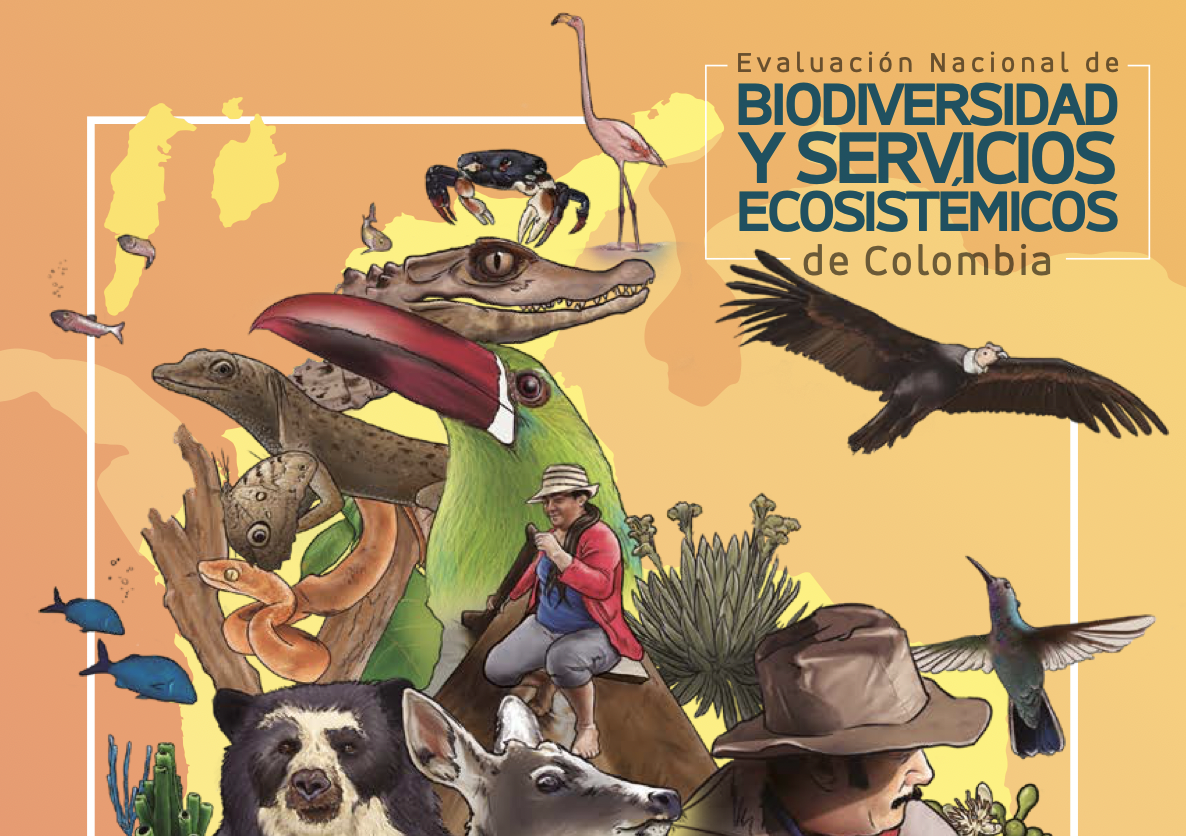Available environmental flow assessment methods are not able to integrate the impacts of flow regime on the fish biodiversity which means improving these methods is necessary. This study proposes a novel approach to assess environmental flow regime in which the fish biodiversity index is simulated in the structure of the environmental flow assessment for protecting the fish biodiversity values in the case study. Due to considerable impact of water quality parameters as well as physical flow parameters, two combined physical flow and water quality indices were considered as the inputs of simulating fish biodiversity index. Adaptive neuro fuzzy inference system (ANFIS) as well as hydraulic simulation were applied to simulate combined indices of physical flow and water quality. Moreover, a multiple linear regression (MLR) model was utilized for simulating the fish biodiversity index. Due to necessity of simulating natural flow regime in the representative river reach, soil and water assessment tool as a known hydrological tool was applied as well. According to evaluation indices of the case study, ANFIS model as well as SWAT and MLR are reliable to assess environmental flow considering the fish biodiversity. The minimum environmental flow in the study area was assessed 40% of mean annual flow in which the difference between fish biodiversity index between the natural flow and environmental flow is less than 10%. However, significant improvement of water quality is a prerequisite before implementing the proposed environmental flow regime. High computational complexities is one of the weaknesses of the proposed method.
A Fish Biodiversity Protection Based Approach for Assessing Environmental Flow Regime in Rivers
Year: 2024

































































































































































































































































































































































































































































































































































































































































































































































































































































































































































































































